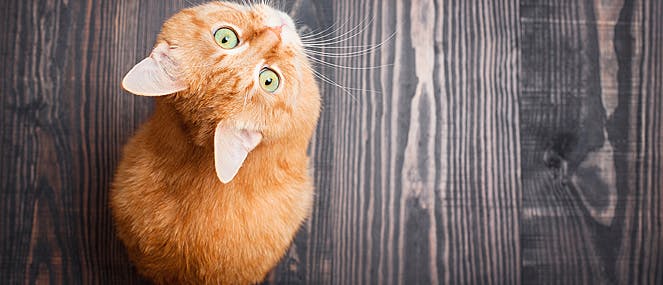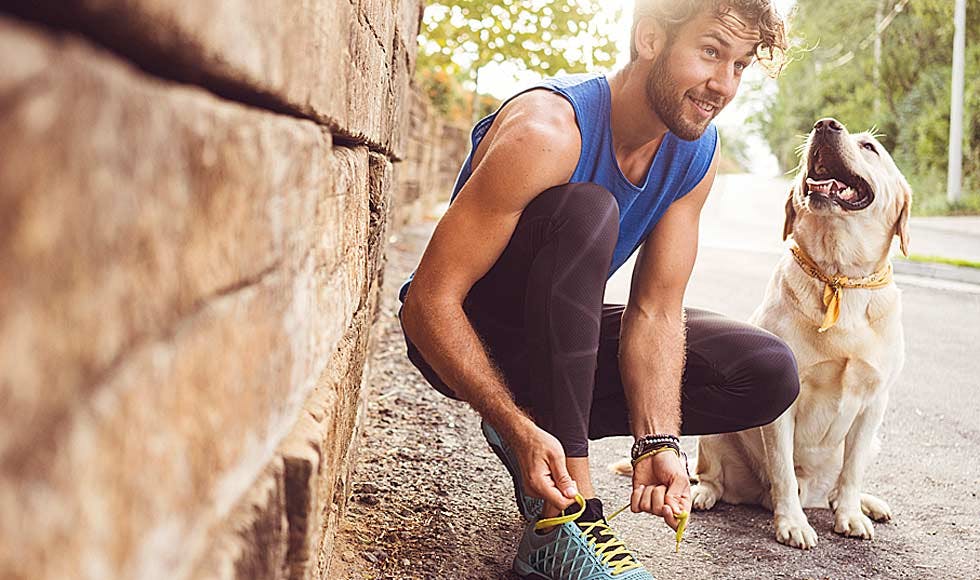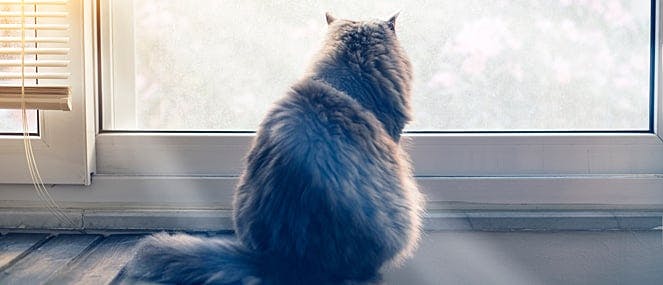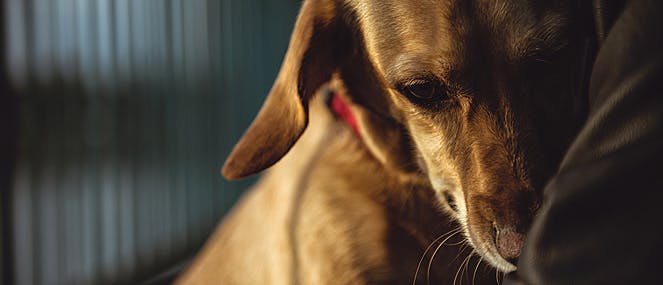
- A Guide To Perfect Your Pet's Health/
- Health and Vitality Products For Your Dog/
- Nose to toes health check
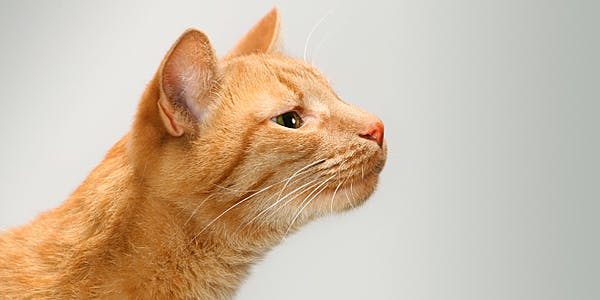

The steps are simple and by consistently checking your pet, you can become familiar with what's normal for them and what’s not. That way if something is wrong, you will notice quicker and you can seek veterinary advise as soon as possible.
Bathing time is a great time to do a quick health check for your dog. However, if you have another pet like a cat, bird or even a snake, consciously choosing a regular time to examine your pet such as when you are applying their flea treatment, or on the last Sunday of the month it a great idea. It only takes a few moments, so set yourself a time to do a thorough check & that way you won’t miss things.
The most important thing is to be methodical in your approach, starting at the nose & ending at the toes. You will use your senses of feeling, looking, smelling and listening to simply and effectively examine your pet.
So, starting at the nose and working your way to the toes, check:
The Head
- Check both nostrils for shape, symmetry and any discolouration or discharge. The eyes should be clear, clean and responsive (the pupils should shrink to bright light). Signs of an issue could be redness, discharge, and any excessive tearing.
- Next, look and smell the mouth and teeth for brown scale deposits on teeth (tartar), loose teeth, very red gums, for odours and to see if the gums are a pink colour.
- Lastly on the head, looks feel and smell both ears for abnormal odour, redness, discharge or lumps.
The Body
- Systemically run both hands down your pet's chest and abdomen checking for any areas that are painful, hot, or appear to contain a lump.
- For dogs and cats, when you are running your fingers across your pets chest, it’s a great chance to check your pets weight. In general, you should be able to feel your pet’s ribs without too much cushioning over the ribs, nor having them clearly protruding through the skin.
- Lastly on the body, listen to your pets breathing to make sure it is consistent, easy and not making strange or increased sounds.
The Skin
- Feel your pet’s skin and hair coat to see if it is abnormally dry, oily, or scaly.
- For cats and dogs, check for fleas by running your hand lightly against the grain of the hair and looking at the skin, particularly over the rump area. Look for flea dirt not just fleas. Flea dirt looks like small ‘black dirt’ at the base of the coat, typically around your pet’s rump. If you want to confirm flea dirt (and not be confused with normal dirt), simply ruffle the coat whilst standing your pet on wet newspaper. If its flea dirt, the paper will get small red dots on it as flea dirt is basically your pets blood that has been sucked, digested and excreted by the flea.
- If you are in a tick prone area, you should also look for any ticks in a similar way, checking all areas. Ticks do love protected areas of the body, such as in the ears, under the lips, between the toes and under the tail.
Spine & Tail
- Gently press on each vertebral spine along the top of the back to see if your pet exhibits any pain or discomfort in this area. Then check the tail for normal hair growth and under the tail for any sores, redness or any faeces staining around the anus that could indicate diarrhoea.
The Legs
- Feel both front legs completely from the shoulder to the toes and nails. Check for lumps, swellings, or joints that are painful when flexed or extended. Then do the same with the back legs.
Paws & Toes:
- Take the paw in your hand and gently press each toe to make sure there is no pain. Check the skin between the pads for any redness or soreness. Examine the nails to ensure they are not too long. A tip for cats, simply applying pressure on the nail bed will extend the nail out for easy inspection. If the nails (or dew claws) are long, you should clip them with nail clippers.
Lastly, just watch your pet’s movement to make sure they can run, jump and play without any difficulty.
If you do detect something that is unusual, or if you are concerned in any way about your pets health, seek advice from your veterinarian.

